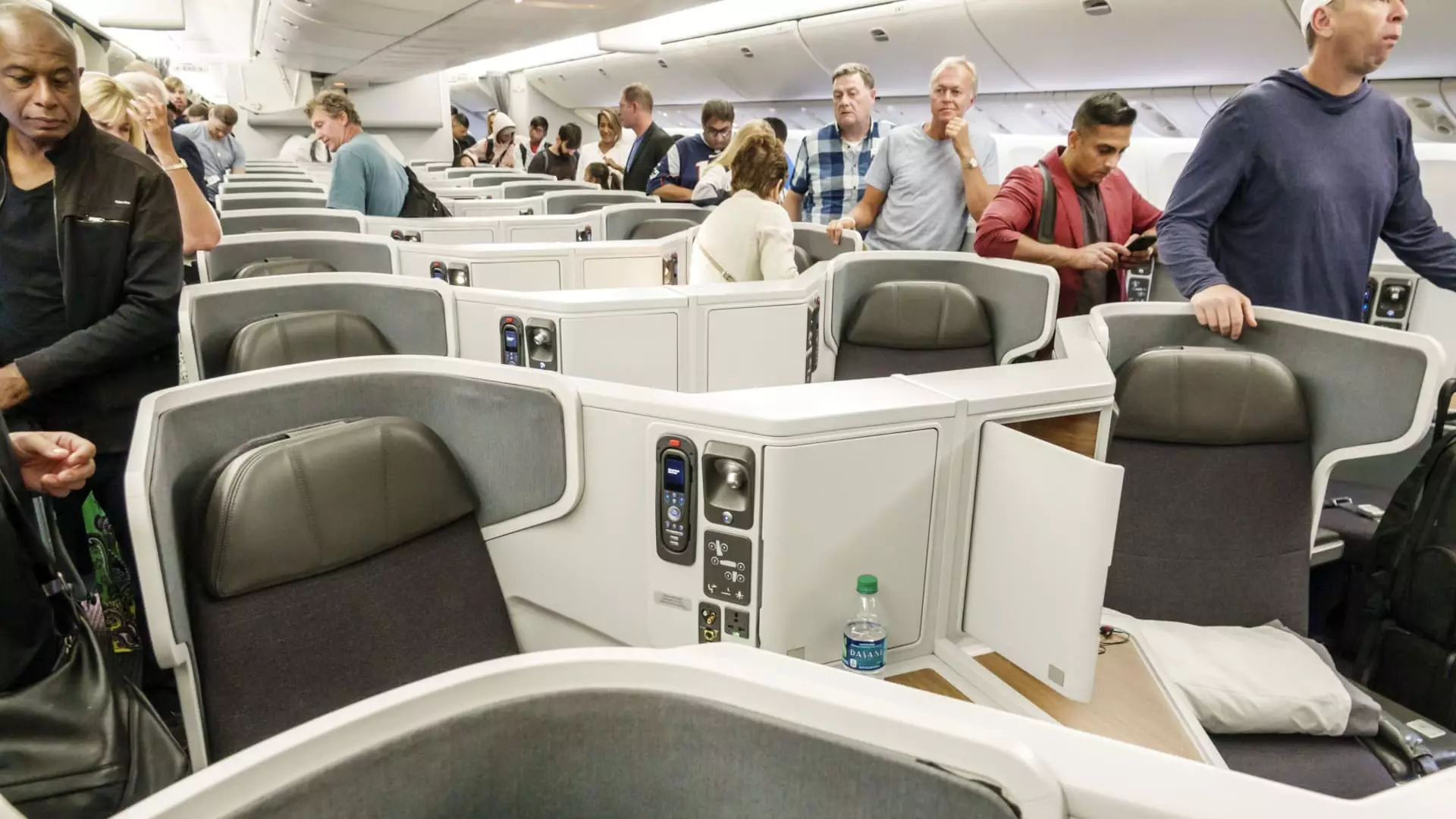Traveling by air has transformed dramatically in the wake of the COVID-19 pandemic, forcing airlines to adapt to a changing consumer landscape. With passengers now willing to pay more for enhanced comfort in the front of the cabin, the traditional dynamics of air travel, particularly those surrounding premium seating, have begun to shift. This evolution not only impacts seating arrangements but also changes the overall customer experience and airline revenue models.
Gone are the days when cheap seats and free upgrades were the norm for frequent flyers. In the aftermath of the pandemic, travelers have demonstrated a strong willingness to invest significantly in premium seating options. As airlines note a spike in demand, they struggle to accommodate an expanding base of elite status flyers, leading to increased competition for coveted seats. This surge is expected to persist, particularly as the holiday season approaches, with airlines anticipating record-breaking passenger volumes.
Data from aviation analytics firm Cirium indicates a growth in U.S. airline capacity by about 1% in the upcoming first quarter, reflecting the industry’s optimism. Delta Air Lines has also reported impressive unit revenues during off-peak times, showcasing the resilience of premium travel even in traditionally slower months. The surge in demand has spotlighted the stark contrast in pricing between economy and premium classes—a factor that significantly influences passenger choices and airlines’ revenue streams.
The gap between the cost of economy and premium seats continues to widen, heavily influenced by factors such as flight distance, time of year, and overall demand. For instance, purchasing a round-trip ticket in United Airlines’ economy class can set a traveler back around $347, while access to the airline’s Polaris business class can require a hefty $1,791. Such pricing disparities force fliers to weigh their options more carefully than ever before.
Meanwhile, airlines are increasingly transforming their loyalty programs. In recent years, carriers like United Airlines have adjusted their elite status requirements to prioritize monetary spending over just the distance traveled. This strategy has been implemented in an effort to create a more lucrative revenue stream, essentially monetizing loyalty by setting higher spending thresholds for elite status. However, American Airlines has chosen to retain its existing parameters, establishing a rare balance amid an industry-wide trend towards increased spending requirements.
The financial implications of evolving travel preferences are significant for airlines. Historically, a mere 12% of Delta’s domestic first-class seats were occupied by paid customers; that figure has surged to approximately 75%. The shift speaks volumes about consumer behavior in the current landscape, as airlines seek to maximize their revenue potential from premium offerings—a trend also observed across low-cost carriers like Frontier Airlines.
Similar transformations are evident in JetBlue Airways and Alaska Airlines as they realign their offerings to include enhanced premium cabin experiences, illustrating a collective industry understanding that the availability of premium options can be a vital cash cow. Alaska Airlines’ strategic shift to retrofit planes with premium seating follows a broader focus on profitability through higher-yield tickets, showcasing a pronounced shift in airline priorities.
Consumer Preferences and Corporate Responses
As the demand for premium cabin experiences climbs, airlines are actively seeking to entice passengers to invest in these offerings. American Airlines, for example, is streamlining the upgrade process, making it easier for customers to transition from standard economy to premium seats. This responsiveness to consumer desires indicates a broader trend in which airlines are re-evaluating their product offerings to better align with passenger expectations.
Southwest Airlines is also adapting, intending to offer extra-legroom seats while maintaining its signature no-frills approach. The airline’s decision to forego first-class sections reflects a calculated response to customer feedback, indicating a searching for balance between cost-effective operations and meeting evolving consumer expectations. CEO Bob Jordan has acknowledged shifts in traveler mindsets, where younger customers are increasingly willing to allocate funds for enhanced travel experiences.
The air travel industry is at a pivotal moment, witnessing a significant transition in consumer behavior and corporate strategy. Passengers are shifting their preferences towards premium experiences, prompting airlines to reconfigure their offerings while ensuring profitability. As the sector continues to evolve, understanding these market dynamics will be crucial for airlines aiming to secure their competitive edge. The emphasis is clearly on providing enhanced travel experiences, and as we look towards the future, it will be fascinating to see how these changes continue to shape the aviation landscape.


Leave a Reply